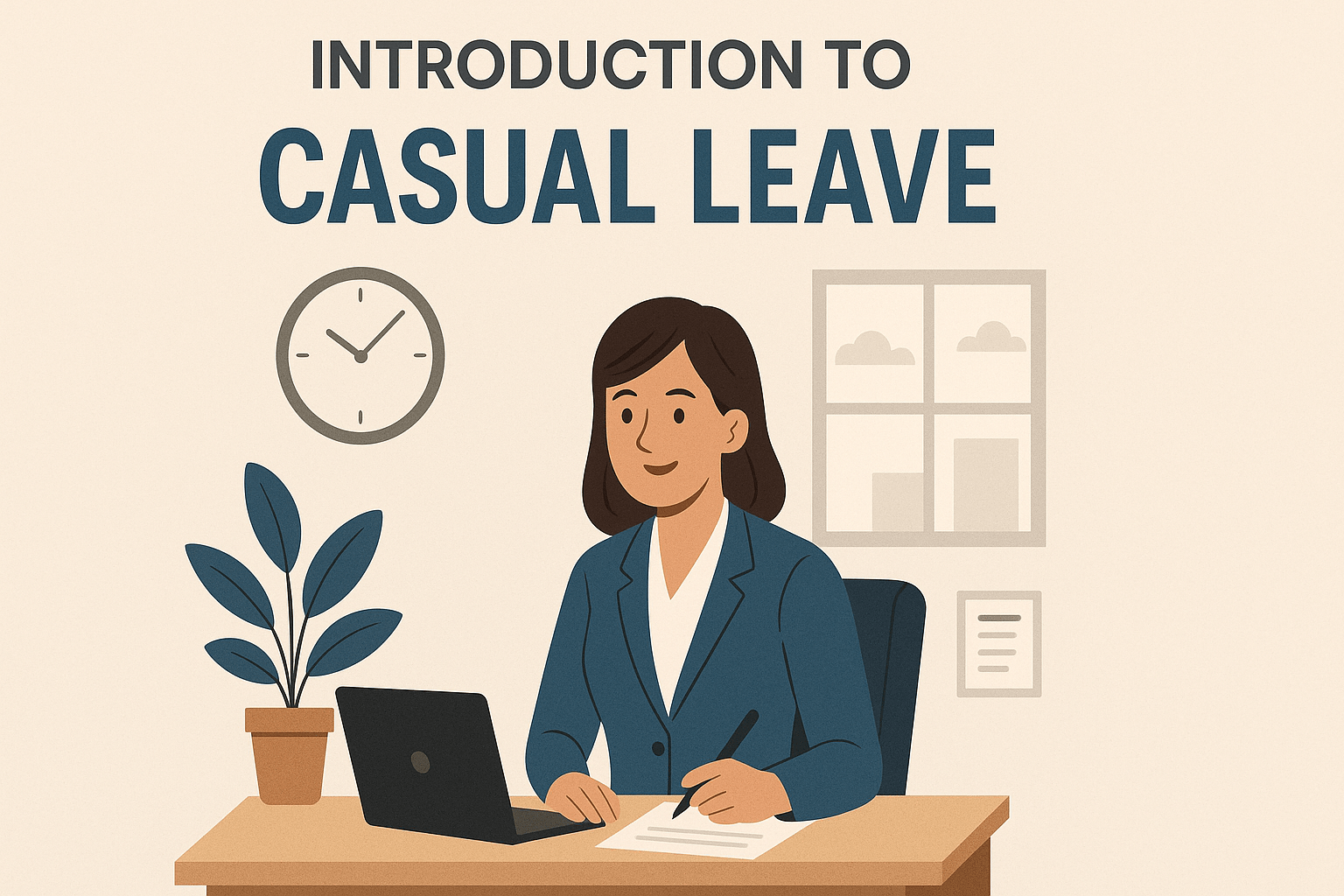The question is, however, how exactly does statutory sick pay work?
While absent employees lowers your business’ productivity, it’s also preferable that staff stay home when they’re feeling sick. After all, they can’t perform their role to the best of their abilities when they’re ill – and there’s always the possibility that they’ll pass their illness onto their colleagues.
By ensuring employees can continue to earn a portion of their wages while they’re sick, statutory sick pay encourages employees to stay away from the workplace while they’re ill.
What is statutory sick pay?
Statutory sick pay (SSP) is the money that companies are legally obliged to pay their employee when they’re off sick from work.
Eligible employees receive statutory sick pay of £95.85 per week, for up to 28 weeks. For an employee to be eligible they:
- Must have an employment contract
- Must have proof they’ve worked for your company
- Must earn an average of a minimum of £120 per week
- Must have been ill, self-isolating or ‘shielding’ for at least 4 days in a row (including non-working days)
- Have to have told you by the deadline set out in your absence policy.
The first thing to note about statutory sick pay is that it also applies to part-time employees – provided they meet the above criteria. This same is true of agency and casual staff, as well as those on zero-hour contracts.
Secondly, although an employee has to inform you of their sickness as soon as possible to qualify for statutory sick pay, they only have to give you a fit note (sick note) if they’ve been off for more than 7 days in a row (again, including non-working days).
Lastly, you can offer more than statutory sick pay when your employees are off due to illness, if your company has its own sick pay scheme. Such company schemes are also frequently called ‘contractual’ or ‘occupational’ sick pay; full details of your scheme should be included in your staff’s employment contracts.
How does it work?
You should pay your staff statutory sick pay from their fourth day of absence. For example:
An employee phones in sick on a Monday and is off work until the following Tuesday. You start paying SSP from the Thursday – the fourth qualifying day – until Tuesday. So, they’d receive SSP for three days: Thursday, Friday and Monday.
Alternatively, let’s say an employee calls in sick on a Friday and returns Wednesday the following week. In this case, the fourth qualifying day is a Monday, so they would be paid SSP for Monday and Tuesday.
Employees receive SSP in the same way, and frequency, as their normal salary. Additionally, it’s important to note that employees still accrue annual leave while receiving SSP.
Tracking sickness absence
Because each employee is only entitled to SSP for a limited time, you need to track how long they’re off due to sickness absence. This will ensure that they’re not erroneously cut off from SSP or, conversely, that they’re not paid it for too long.
On that note, another aspect to be aware of is the idea of linked sickness periods. To be linked, the periods must:
- Last 4 or more days each
- Be 8 weeks or less apart
An employee no longer qualifies for statutory sick pay if they’ve had a continuous series of linked periods that last more than 3 years.
Does your company need absence management software for keeping better track of employees that are off sick? Sign up for your free trial of Schedule Leave today




